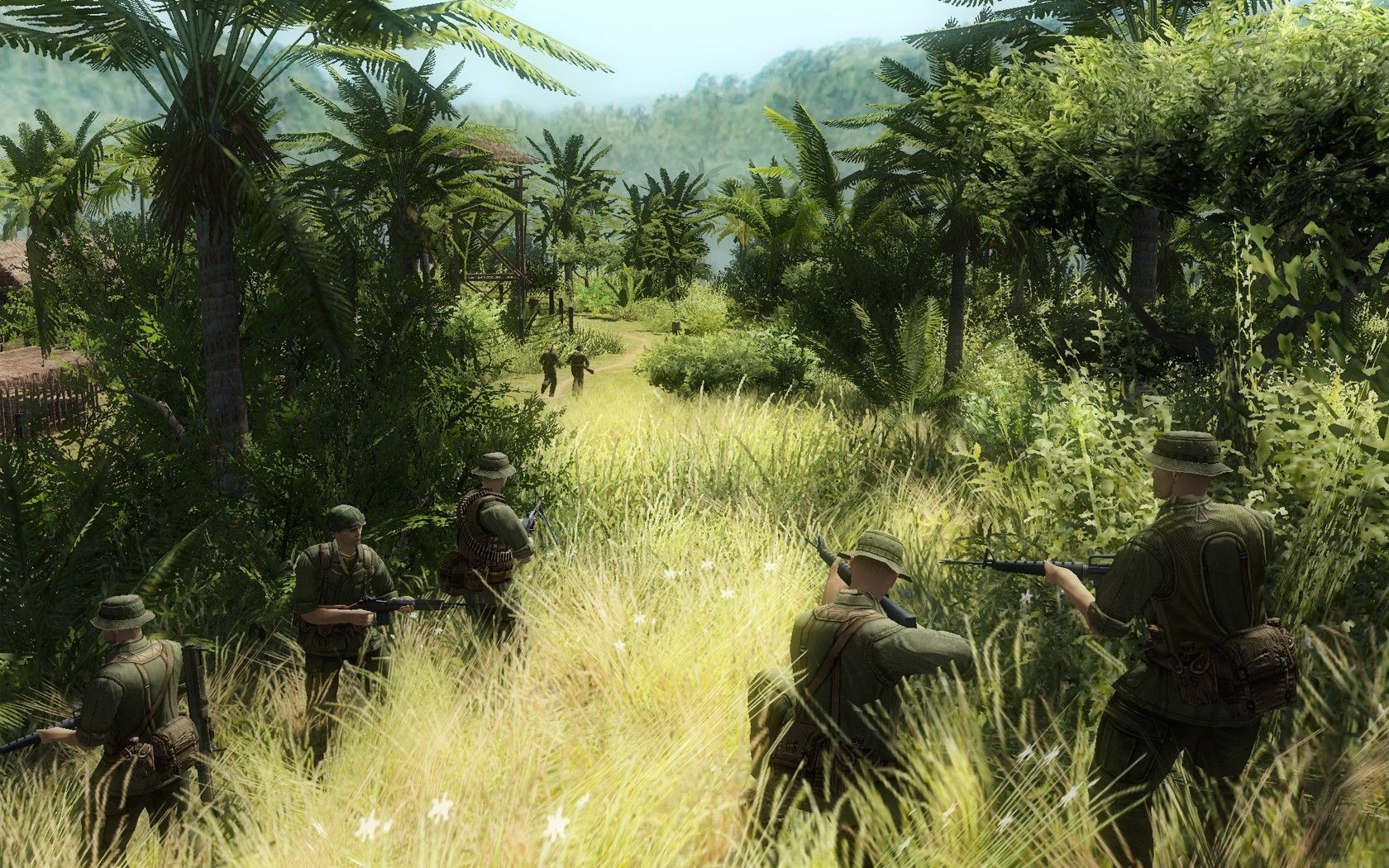
An individual assigned to base headquarters with an Army personnel position experienced a different tour of duty than an infantry commander, a field engineer, or an officer stationed aboard a Navy vessel off the coast of I Corps. Artillery units, for example, tended to be less mobile than cavalry because of the heavy equipment involved. Individual experiences also varied according to job assignment, military unit of service, rank, and branch of service. soldier in Vietnam … the three million Americans who served there went through many varied experiences-partly because the quality of the war varied in different areas of the country, and partly because the nature changed over time" (Karnow, 1991).

MILITARY AND DEMOGRAPHIC CHARACTERISTICS OF VIETNAM VETERANSĪs one historian notes in his account of the Vietnam conflict, "there was no 'typical' U.S. It summarizes what is known about the use of herbicides in Vietnam, their chemical formulations, and the quantities applied, and serves as background information for Chapter 6, which summarizes and evaluates the various methods for estimating exposure to herbicides in epidemiologic studies of veterans as well as other environmentally and occupationally exposed populations.

military herbicide program of the 1960s and early 1970s. This chapter describes the characteristics of the Vietnam veteran population at potential risk of herbicide exposure during service in Vietnam, and reviews the U.S. servicemen and women exposed to herbicides is also not known, although some individuals, such as those of the Air Force Operation Ranch Hand and the Army Chemical Corps, were more likely to have been exposed by the nature of their job assignments. military personnel who served in Vietnam during this period of herbicide use vary from 2.6 to 3.8 million.

Herbicide operations in Vietnam had two primary military objectives: (1) defoliation of trees and plants to improve observation, and (2) destruction of enemy crops.Įstimates of the number of U.S. An additional quantity (1.6 million gallons has been documented) of herbicides was applied to base perimeters, roadways, and communication lines by helicopter and surface sprayings from riverboats, trucks, or backpacks. Air Force sprayed nearly 19 million gallons of herbicides in Vietnam, of which at least 11 million gallons was Agent Orange, in a military project called Operation Ranch Hand.


 0 kommentar(er)
0 kommentar(er)
